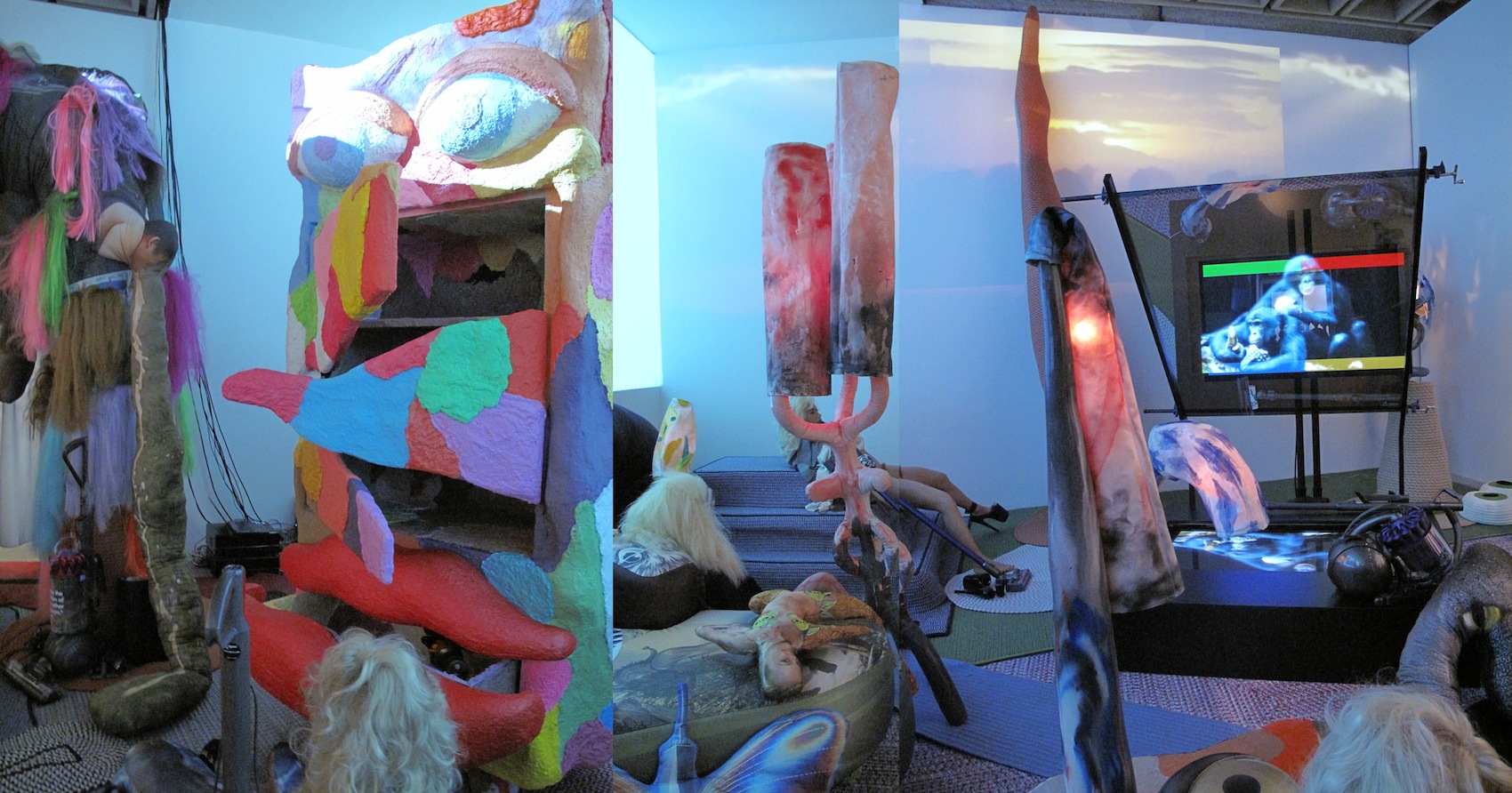
Bjarne Melgaard, Installation view, Whitney Biennial, 2014
Whitney Museum, New York
Photomontage by Katy Hamer
FIRST IMPRESSIONS – This year the Whitney Biennial brings together the work of 103 artists (although many collective groups) and three curators. Each has selected artists for a given floor in the museum to curate. Not based in New York during the time of selection, Stuart Comer, Anthony Elms and Michelle Grabner have brought together his or her own vision representing a question the Whitney Biennial has posed since it’s inception, “What is contemporary art in the United States now?”
Every two years, this exhibition takes New York and the global art world, by storm. Critics are bound to lash out and artists not included promise to give up their respective careers because of the work that is exhibited. The question presented is really too complex to be answered and maybe that is the point. There is no way curators from different areas and walks of life can determine in one exhibition, what contemporary art is in the United States. The Whitney knows this and gives us their findings with the rigor and confidence as if the period has been placed at the end of the sentence, but also with an elasticity and awareness that they really don’t have the exact answer. The latter, is evident but one must almost squint at all of the artwork presented to read between the lines.

Dashiell Manley, Right, The Great Train Robbery (Scene 3 version C), 2013, various media
Left, The Great Train Robbery (Scene 3), 2013, JPEG Files transferred to digital video shown on monitor
The Whitney Biennial, 2014
Whitney Museum, New York
Photomontage by Katy Hamer
Currently a curator of media and performance art at the Museum of Modern Art, New York and formerly curator of film at the Tate Modern, London (until September 2013), Stuart Comer was invited to curate the third floor of the museum. He is an American who worked at the Tate Modern and lived in the United Kingdom for many years. This being said, his floor, is by far the most relevant glimpse into the current view of contemporary art today. Successfully bringing together artists with various perspectives and cohesively granting them membership into this temporary club, Comer shocks and snoozes the alarm before it’s time to get up. One such inclusion is an artist who recently caused a stir in the media for a sculpture of a chair sat in by Dasha Zhukova, Bjarne Melgaard, born in Norway but based in New York, has filled a small gallery with a playful installation; a sensory deprevation tank or sensory overload. Melgaard’s work is an explosion of color, stuffed animals made by digitally printed photographs (penises!) on fabric, and a multichannel video projected onto glass and layered with a video on a monitor as well as images that flash on the left side wall. The installation offers a bombardment of sex, politics and parties, intertwined, feeling both lavish and cheap. Homoeroticism is a thread that is entwined in much of the work on this floor and while initially prominent in the late 80s and early 90s there is a resurgence of sex transpired through the medium of art. Anal fisting, penis pillow creatures, James Dean with an erection, a digital animation of men having sex in a tree, are all tropes that are noticeably featured in various artist’s work. Is this something that reflects back to the curator or contemporary art at large? It actually doesn’t matter and is most likely both, what matters is the art is being made and shown to a wider audience. Most art, if not all, is really about bringing the interior self, outward. That self, has so many incarnations, faces and names. It can be naughty or playful, friendly or dreadfully mean, somber or boisterous. Either way, each artist takes a chance by making a mark, proclaiming a word, or presenting a film exposing a bit of his or her internal workings to an audience other then who they see reflected back in the mirror daily. The work on the third floor that Comer has selected brings together a diverse group of artists who communicate universally on a surface that whether flat or dimensionally encompassing, captures a very human, if not necessarily American sensibility.
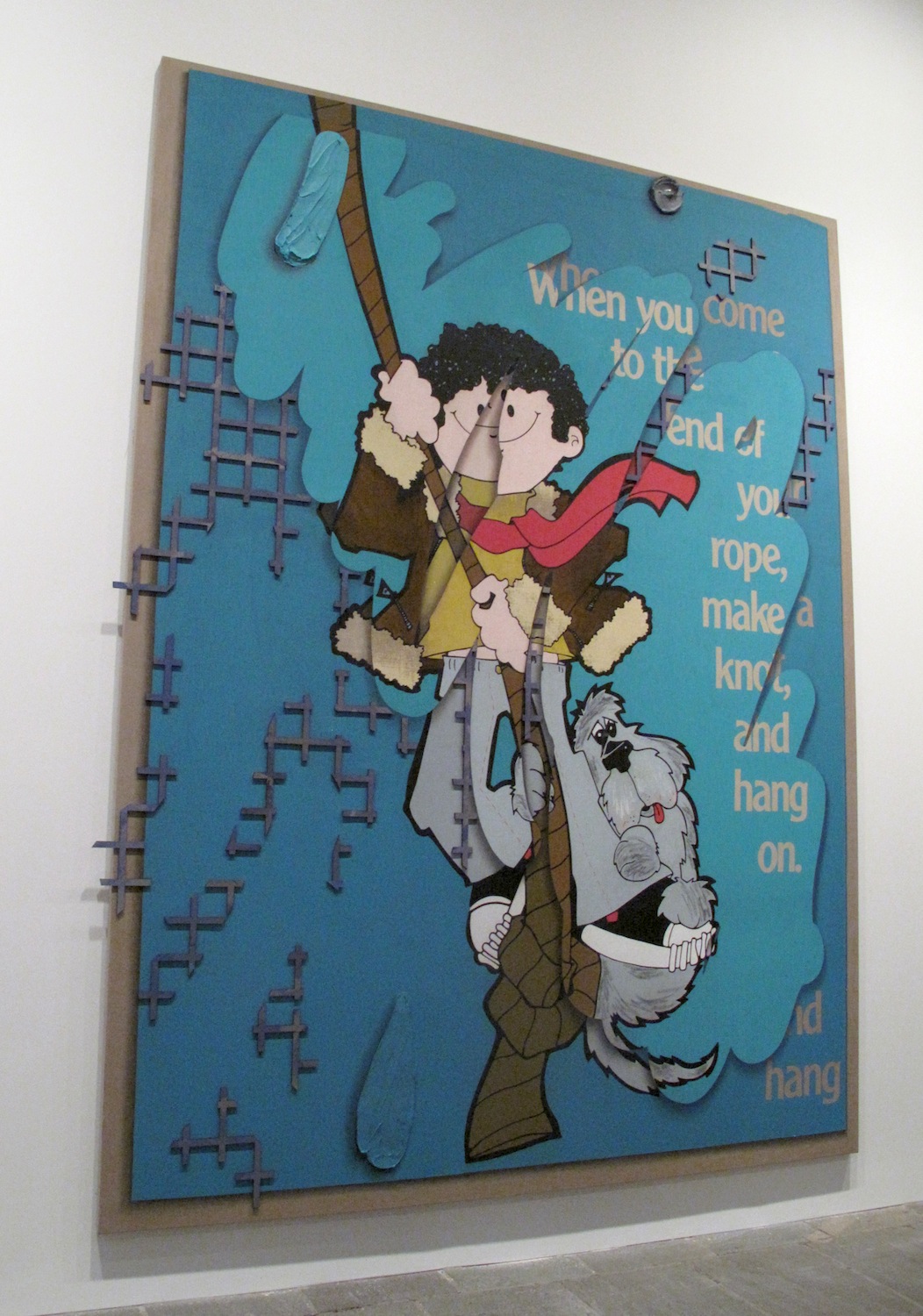
Laura Owens, Untitled, 2014, Ink, silkscreen ink, vinyl paint, acrylic, oil, pastel
paper, wood solvent transfers, stickers, handmade paper, thread, board and glue on linen and polyester
The Whitney Biennial, 2014
Whitney Museum, New York
Photograph by Katy Hamer
The Whitney Biennial, encompasses, if anything, a momentary glimpse through a Westernized lens into the art world. Though each floor is diverse in the artist conglomerates, as a whole, the exhibition feels very New York. Maybe because New York is such a well-traversed capsule, many of the names in the exhibition, and even a few of the pieces, have been shown here before. That said, there are many less familiar names who also stand out in the crowd. One of these in particular is the late Tony Greene, a painter whose untiled works hang in a mustard colored gallery. At first they are banal and almost boring, however, a short second glance away the paintings become multileveled and dynamic in an understated fashion. Greene, who passed away from complications due to AIDS in 1990, was based in California and beyond his inclusion in the Whitney, his work will also be included in “Made in LA” the West Coast’s version of the Biennial, but with consideration given only to artists who are or were based in Los Angeles. There is a charged underpinning to Greene’s work, which could be intimacy or or his own intricate process of deliberating the concept of beauty and what to consider. His work in the exhibition has a textural self-consciousness that is all at once comfortable in a realm of representational painting and in dialogue with contemporary abstraction. These paintings are some of the best in the show and will beg for your contemplation, patience is worth the reward.

Tony Greene, Untitled (orange pour), 1990, Mixed Media, , Collection of Betsy Kaufman
The Whitney Biennial, 2014
Whitney Museum, New York
Photograph Katy Hamer
Art is about making assumptions and coming to conclusions. However, the more that one absorbs, observes and thinks about, the more elastic and expansive the conversation becomes. Is a painting meant to be looked at or walked through? Does sculpture always have to appear or be present as a bulky mass? One of the changes in the bios of many of the artists is a dynamism that finds many of the artists also to be practicing curators, writers, and college professors. They range in age and level of notoriety. Being a multidisciplinary artist is once again in vogue. It is related to the recession but also, the internet. We all have the possibilities to do many things on a global level and why should someone be limited. Luckily this is once again prominent in contemporary art and opens doors which may lead to specific concentration on a particular practice. For a limited amount of time, each interest gets the same amount of attention. It is oddly refreshing and reflective of our time.
This Whitney Biennial, as many that have come before it, is not a game changer, but it will open your eyes to some artists who may have never crossed your specific field of vision, along with some with whom you may already be familiar. There is a nod toward the market but also a pedagogical quality that begs to inform and/or teach the viewer about contemporary art now. Go with an open mind and be prepared, for as with most large-scale exhibitions you will leave either feeling impressed or disappointed. The last biennial that will be on view at the Whitney’s uptown location before moving to the Meat Packing district, this 2014 Whitney Biennial is on view from March 7th through May 25th, 2014.
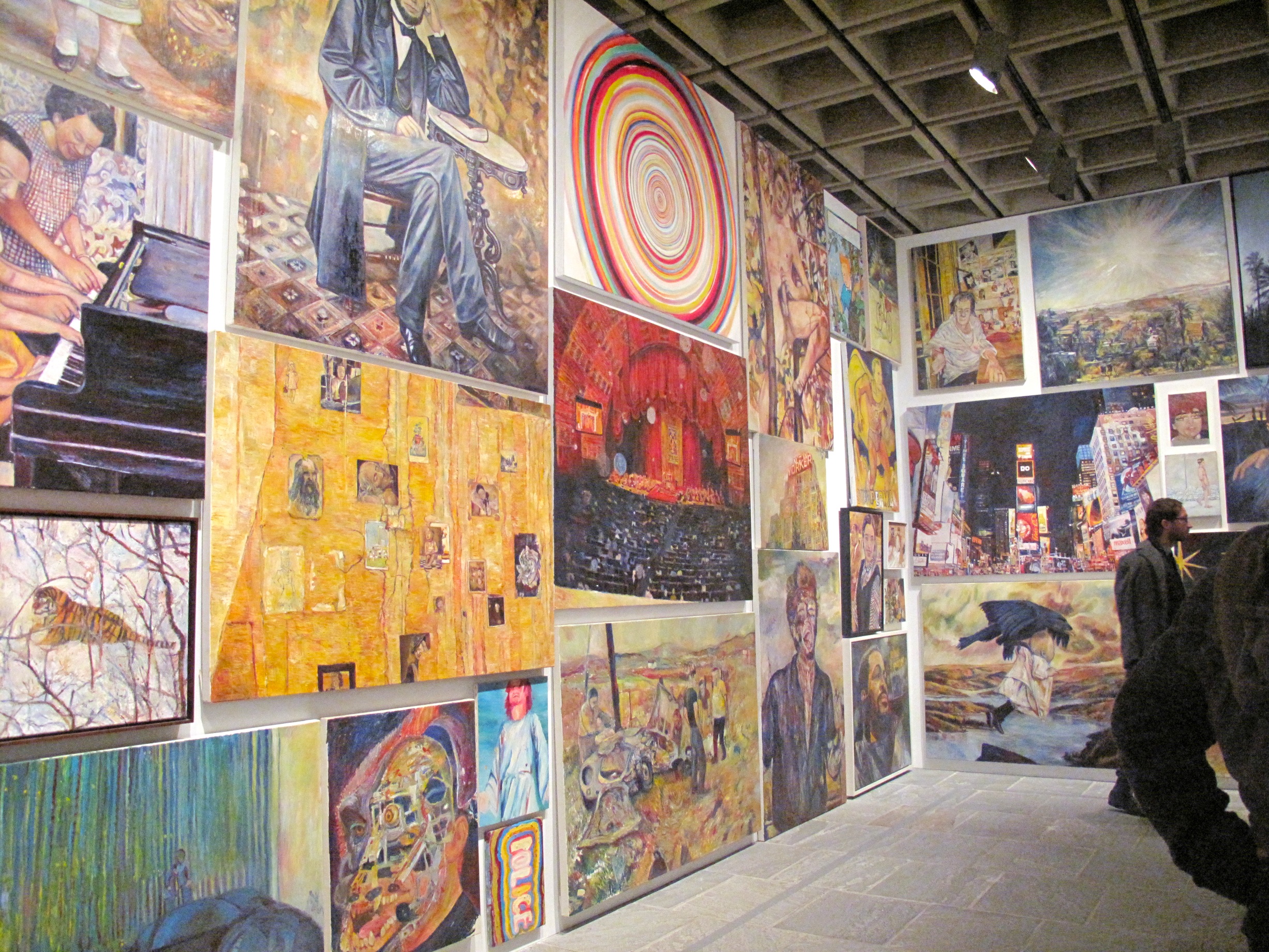
Keith Mayerson, Installation view, Oil paintings on canvas, Various dimensions and dates
The Whitney Biennial, 2014
Whitney Museum, New York
Photograph by Katy Hamer
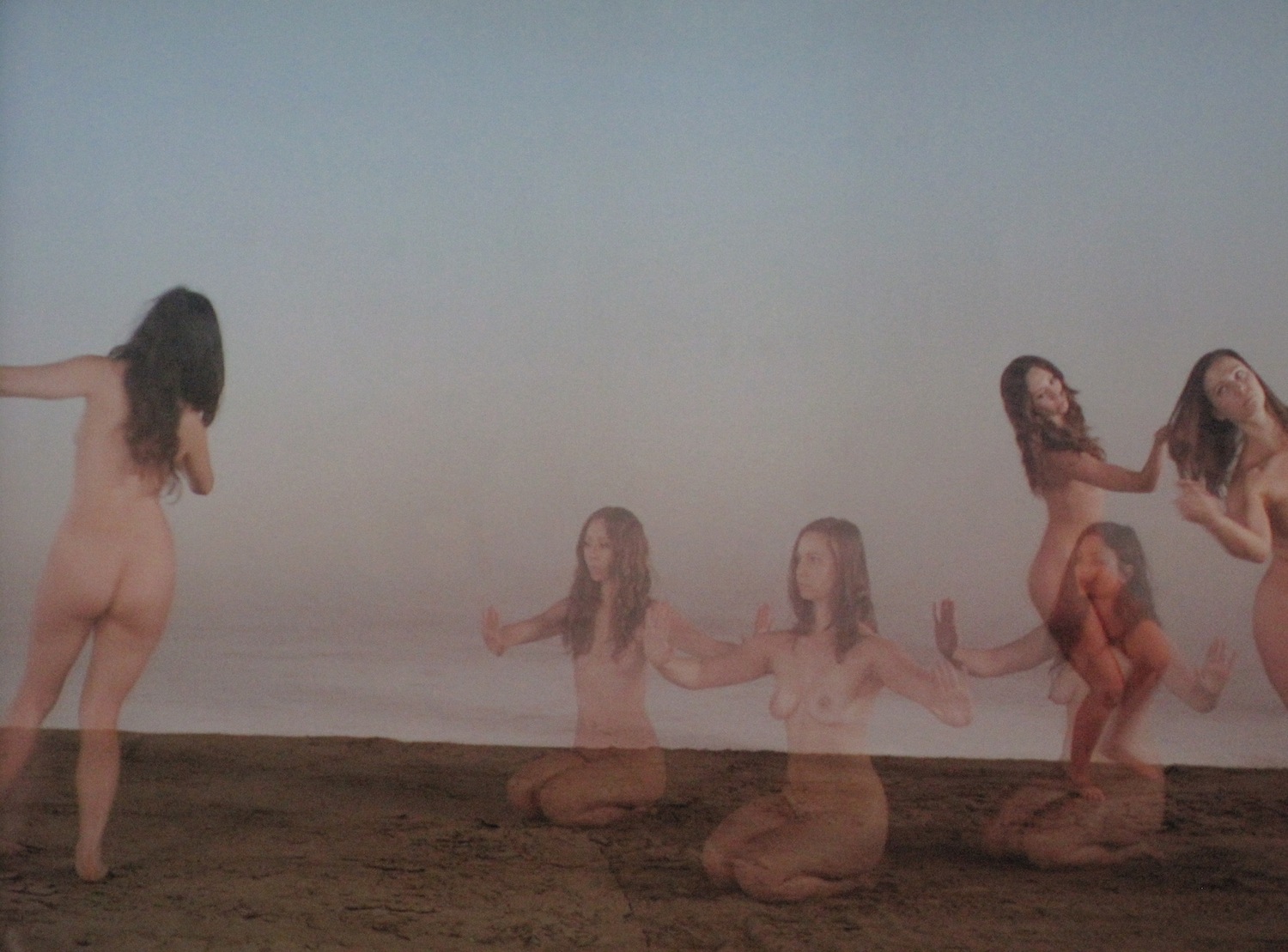
Jennifer Bornstein, Untitled, 2014, Video, color, silent, 4:30 minutes
The Whitney Biennial, New York
Photo still by Katy Hamer
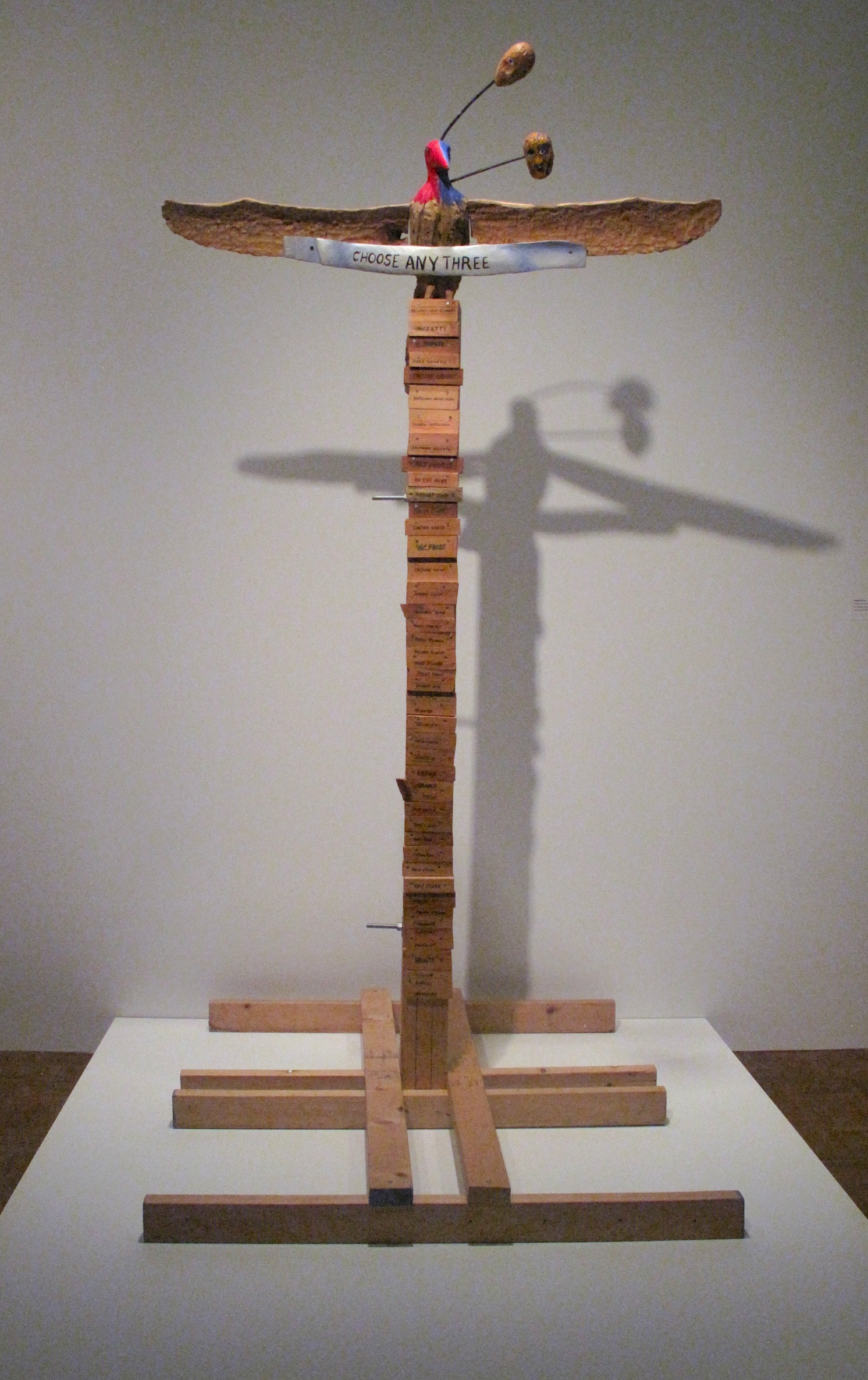
Jimmie Durham, Choose Any Three, 1989
Carved and painted wood, metal and glass, kuimanzutto, Mexico City
The Whitney Biennial, 2014
Whitney Museum, New York
Photograph by Katy Hamer
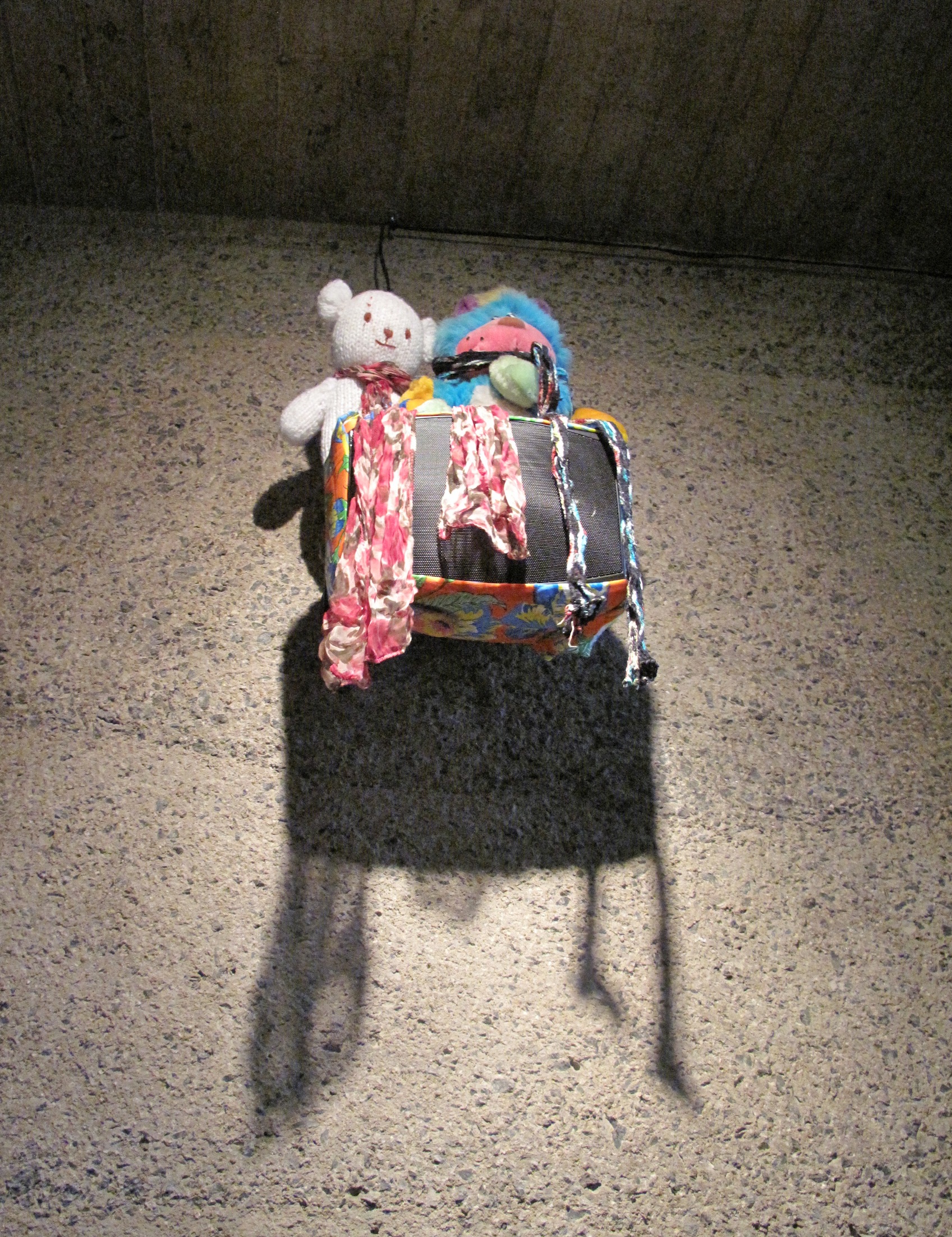
Charlemagne Palestine, hauntteddd!! n huntteddd!! n daunttlesss!! n shuntteddd!!, 2014
Twelve-channel sound installation, installed in the stairwell, Collection of the artist,
The Whitney Biennial, 2014
Whitney Museum, New York
Photograph by Katy Hamer
More soon!
xo
